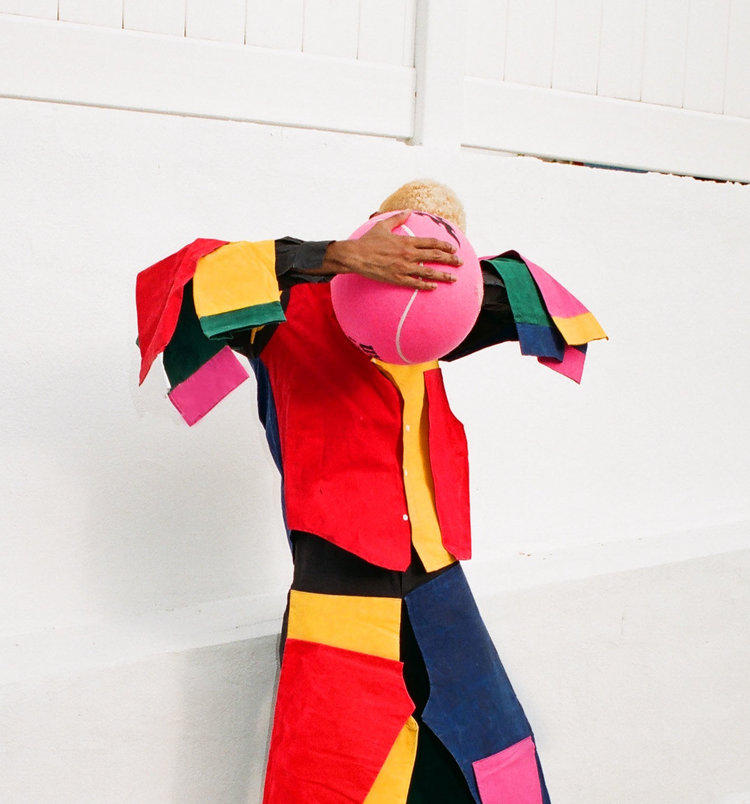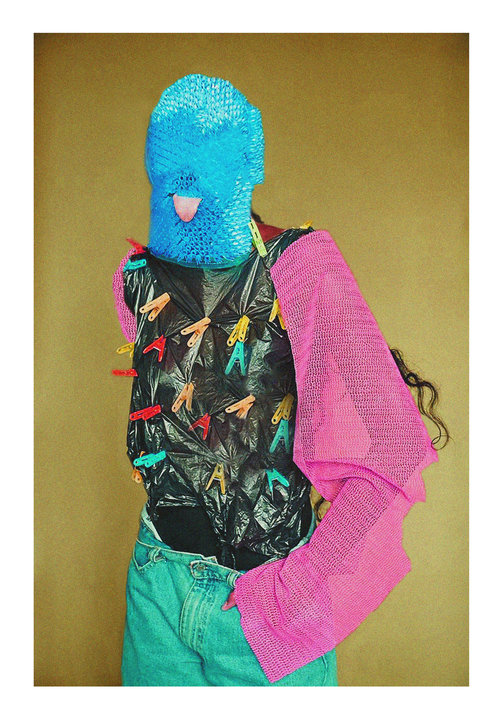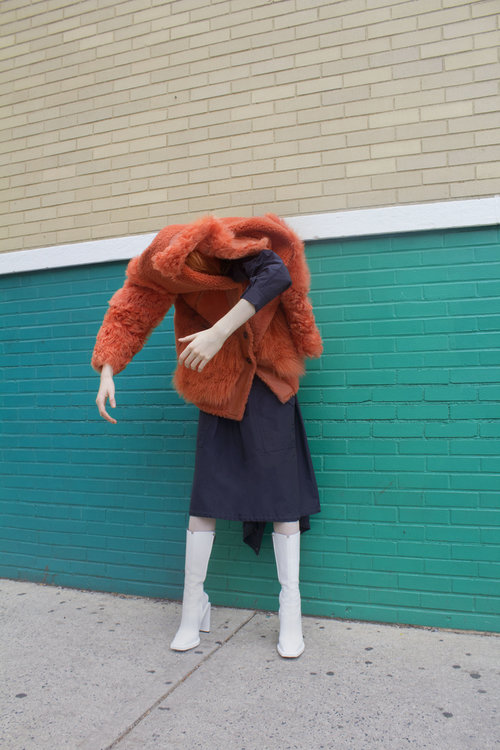“My relationship with writing is in its infancy compared to my relationship with storytelling,” explains Julie Nxadi. She has always taken the value of a story seriously, whether it be communicated via music, film, photographs, performance art, or politics. For her writing is simply one medium with which to tell stories. “It’s a medium that I have been fiddling with for a while, but it has never been the medium itself that is important to me, it is the story that is being told,” Julie continues. I interviewed Julie to find out how she has nurtured her writing and her creative process when writing her short story ‘Love Back’.
How do you like to describe your writing style?
Audio-visual. I hear and see things before I write them down. The stories often come as sonic and visual interruptions. I hear a sound over and over again or I see something, a girl, a bench, a bucket of water and I have to wander after it in the form of a story. Sometimes it is easy to vomit out, other times it takes a lot of patience from me (and thus my supervisor). But I think that when people do read what I have written it gets stored in their memories as sound and sight more so than words. I try to make sure that I stay as true as possible to those audio-visual interruptions from whence the stories come .
Who/what inspires your writing? What are some of your favourite genres?
I don’t believe in genre. A good story is tragic, funny, romantic, uncomfortable, good, bad, everything, and nothing at all. Toni Morrison, Alice Walker, K. Sello Duiker, and Bessie Head are writers who made me understand the politics of storytelling. The politics of being honest in one’s writing.
Following on from this, how to these writers and genres feed into how you think about your own work?
Well, they help me to be patient and calm about my storytelling. But also, they help me to be brave. Telling a story that nobody asked to hear is a pretty scary process. Telling it your own way is terrifying as well. There is this strange balance one has to strike whereby you are not precious about your work, but at the same time you need to be able to stand up for it. I write black as fuck stories. I don’t need white characters in my stories for my characters to read as nuanced and deserving of anybody’s attention, Toni Morrison taught me that. I write in English and my characters speak isiXhosa, so their dialogue is in isiXhosa and that comes with no apologies and shame, just like my English narration comes with no apologies or shame because I am a product of THIS South Africa and I would rather hold that conflict than hide it, Bessie Head and Duiker taught me that. So you have to be brave, you have to be able to just say “yeah, this is important” and all these writers that I have mentioned have given me the strength to say “look, I’ve done the research, I’ve crunched the proverbial numbers and I can say that this is important.”
Share where the story of ‘Love Back’ came from? How did you develop this short piece?
Well, like I said the stories often come as sonic or visual interruptions. ‘Love Back’ was no different. I kept seeing this little girl in a white dress stomping her way home. Eventually I had to ask myself where she was coming from and where she was going. I realised that this little girl was just dealing with something that’s all too common, heartbreak. The incident itself was not important on its own, rather what became as important to me was the banality of abstract violence in our communities and how we are (from a very young age) expected to instinctively know our own unimportance. The refrain “if you are not bleeding you are not hurt” is really just a chant we say on our slow march to social death, because what are we asking when we suggest that “there are worse things” to a child whose heart is aching? Are we not asking that this child know what is worse, either via imagination or experience? Are we not insisting that their only currency is their flesh? In this story you have a little girl who has to find where her broken heart fits in the hierarchy of problems that her family might be facing, and she has to bury her broken heart there on that rung where it fits (the privileged fantasy of the objective reader would be that she might one day return to the site where she buried her heart and attempt to heal, but we know that that is not a reality for an overwhelming majority of people). So, in the meantime, we watch uLoli decide on childhood. That is a very grown up thing to do at 9 years old; to decide on childhood. To bury. To suppress. To create distance and time between oneself and what horror they may have experienced moments ago. But at the same time, who is better equipped than someone who is eloquent in the language of imagination? A child. Who is better equipped than one who can make the rain stop with a single glance, one who still has a sibling like relationship with the elements? As magical as all of that is, it is also incredibly unfair. I mean, we often forget that there is labour involved in making magic. And that is something that I try to discuss with my writing; just how much we ask of the most vulnerable amongst us and within us.
‘Love Back’ takes the form of a poem in the way that it is laid out. Would you like to share something about the decision to do this?
The form has more to do with pacing and spacing than anything else. Michael Ondaatjie was suggested to me by my supervisor as a means of inspiration for this and he did exactly that. It’s amazing how a word appearing somewhere you may not have expected it to has the ability to slow one’s reading down or speed it up. But there is also something about the spacing of the phrases that helps one to imagine the village and uLoli’s own feelings walking through it; clustered at times and isolated at others.
In the story you personify the wind which is quite interesting. Could you please share more about this?
It is less an act of personifying the elements and more an honest depiction of how my own family and a lot of families I know speak about the elements; as living. When one translates that relationship to English it may strike as curious, but perhaps that is just a reflection on the English language and the particular cultural tones it possesses which render nature and the elements as little more than backdrops that showcase the lives of human beings. I have never understood things that way, I was never taught to. I was taught to listen. I was taught that the rain can cry with you and cleanse you. My only real job now is to remember to listen in the face of English.
What are you working on at the moment that you would like to share with our readers?
I am currently working on a collection of short stories as part of my Master’s thesis. Should I be lucky enough to find a publisher, it will make its way out into the world.








